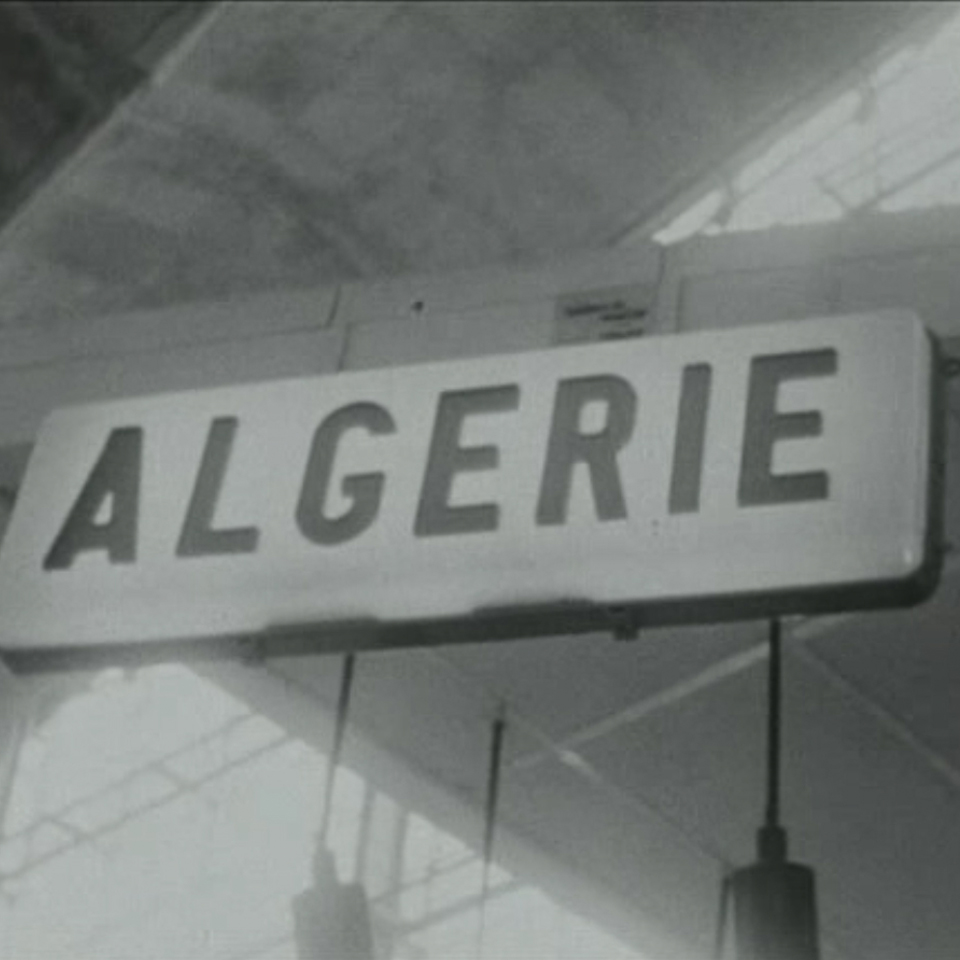
Share this:
Press Architecture: Uncategorized Buildings in Algeria (1958-1962)
26/06/14

In the fifties, whilst Western powers were attempting to reconstruct their shattered cities and recover from WWII, a war of national liberation broke out in Algeria (1954-62) and simultaneously ushered in an unprecedented era of “modern” dwellings. At this event architect and researcher Samia Henni will discuss the significance of Plan de Constantine, a national socio-economic modernization plan announced by General Charles de Gaulle in Constantine in October 1958, in which thousands of dwellings were built and a slew of terminologies were introduced such as: Modern Housing (Habitat Moderne), Muslim Housing (Habitat Musulman), Normal Housing (Habitat Normal), One Million Housing (Logement Million), One Thousand Villages (Mille Villages).
How was architecture – more specifically that of dwellings – adapted to the process of modernization without the condition of modernity? How was the building industry instrumentalised to wage a socio-economic war of “pacification”? To which modernism does the architecture of the Plan de Constantine belong?
Samia Henni was born in Algiers, Algeria. She is an architect and a doctoral fellow at the Institute for the History and Theory of Architecture (gta), Department of Architecture, ETH Zurich, Switzerland and a guest researcher at Curatorial Knowledge, Goldsmiths, University of London, United Kingdom.
FREE, rsvp@mosaicrooms.org